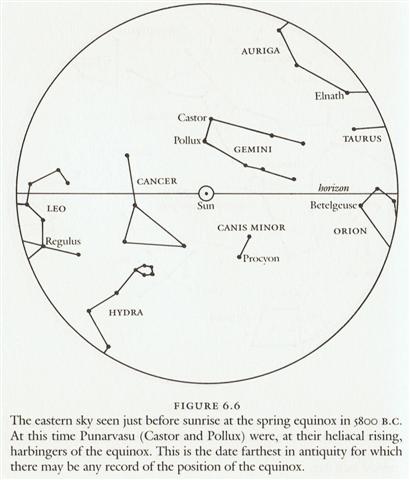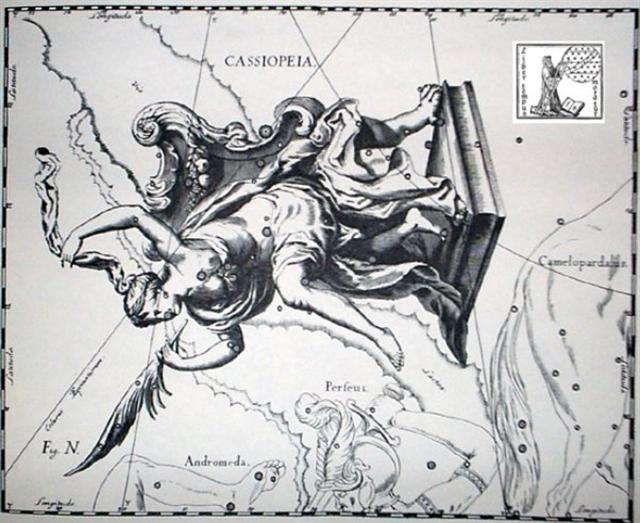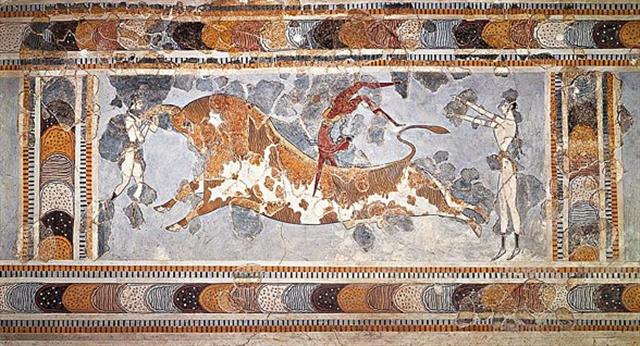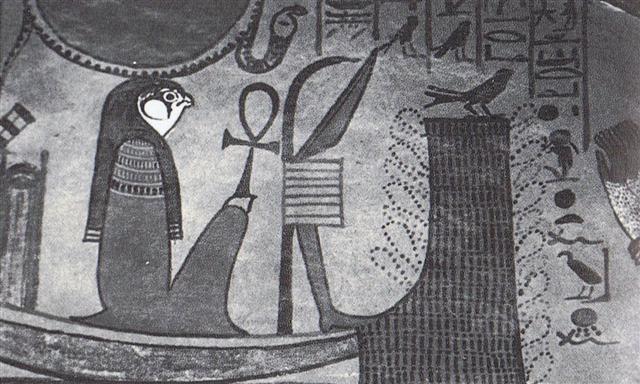4. The Gemini constellation stood there as a reminder of how beneficial pairs should be. ... In Hindu legend there was a mother goddess called Aditi, who had seven offspring. She is called 'Mother of the Gods'. Aditi, whose name means 'free, unbounded, infinity' was assigned in the ancient lists of constellations as the regent of the asterism Punarvasu. Punarvasu is dual in form and means 'The Doublegood Pair'. The singular form of this noun is used to refer to the star Pollux. It is not difficult to surmise that the other member of the Doublegood Pair was Castor. Then the constellation Punarvasu is quite equivalent to our Gemini, the Twins. In far antiquity (5800 B.C.) the spring equinoctial point was predicted by the heliacal rising of the Twins ...
Nowadays Castor (the Beaver) rose with the Sun in July 12 and returned to visibility 16 nights later in July 28 (193 + 16 = 209 → 220 days from the December solstice) which was 16 nights before day 225 (August 13). → 193 + 32 = 15 * 15 and 220 + 16 = 236 = 2 * 118 = 472 / 2 = 8 * 29½.
... In three magnificent texts at the site of Koba, scribes recorded it as one of the largest finite numbers we humans have ever written. According to these inscriptions, our world was created on the day 4 Ahaw 8 Kumk'u. On this day all the cycles of the Maya calendar above twenty years were set at thirteen - that is to say, the cycles of 400 years, 8,000 years, 160,000 years, 32,000,000 years, and so on, all the way up to a cycle number extending to twenty places ... In our calendar, this day fell on August 13, 3114 BC ... 3114 BC + 1842 AD = 4956 = 70 * 70.8, and 708 / 2 = 354 (December 20), the day before the solstice. 354 = 2 * 177, where 177 = 542 - 365:
The culmination (at 21h) of Castor was in February 23, 31 + 23 = 54 = 2 * 27, which suggests 628 / 2 = 314 = π. ... The secret sense of 22 - sacred numbers were never chosen haphazardly - is that it is the measure of the circumference of the circle when the diameter is 7 ... ... Allen has documented all his star culminations at 21h, which could be due to an effort of keeping the culminations at their proper places according to the ancients, 24h (spring equinox) - 21h = 3h = 24h / 8 = 45º. 3h corresponds to 366 / 8 = 45.75 of my right ascension days and *366 - *46 = *320 (Dramasa, σ Octantis) ... In Roman times this was named Terminalia (the End station). But surely the day number would then not be 54 but 364 + 54 = 420 (= 60 weeks). For the Mesopotamians regarded Castor as the twin going down in the west and Pollux as the twin rising in the east.
|
|||||||||||||||||||||||||||||||||||||||||||||||||||||||||||||||||||||||||||||||||||||||||||||||||||||||||||||||||||||||||||||||||||||||||||||||||||||||||








.jpg)